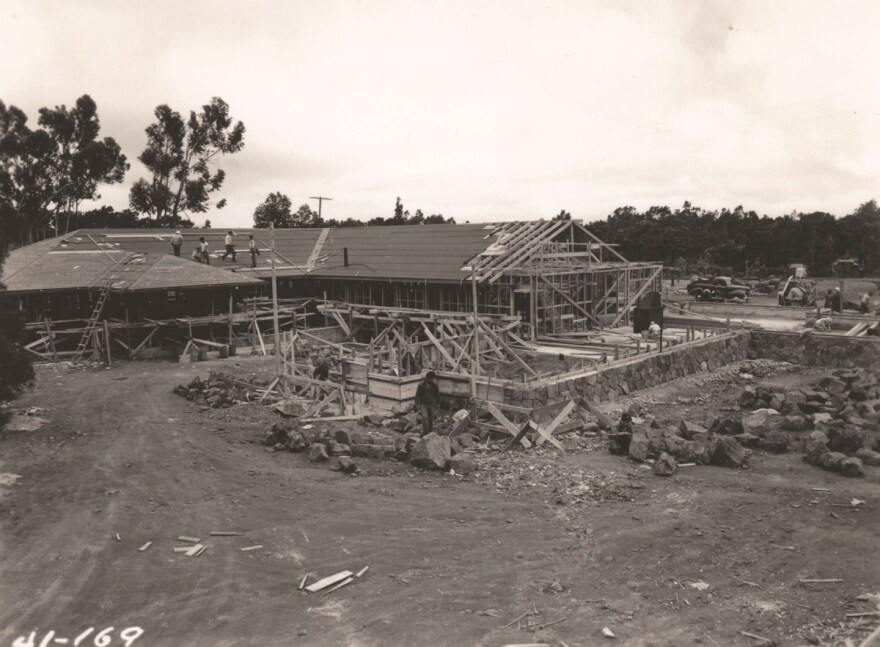Hawai’i has one of the highest unemployment rates in the country with nearly a quarter of a million island residents out of work. As state leaders consider solutions to this crisis, there’s one approach that would create jobs, address some local issues, and reach back to a bit of history that worked in the past.
Physical therapist Kimberly Tengan has been out of work since March.

“It’s just everything right now is up in the air. I don't know what I'll be doing next,” says Tengan.
We met at the top of the Kuli?ou?ou Ridge Trail in east O?ahu. Like many hikers on the trail that day she was looking for a bit of an escape
“I spent too many days at home,” says Jake Nell, an engineer with a local construction company. He’s just happy to outdoors.
“It’s kind of sunny, not too windy, I get really good pictures for Instagram,” says Nell.
Aaron Lowe, O?ahu trail specialist for the state?s N? Ala Hele program, says they’ve seen an uptick in foot traffic on the trail over the last two months.

“People are enjoying the outdoors more and that trend might even continue after the pandemic,” says Lowe.
He says the public benefited from the state keeping the trails open during the COVID-19 closures.
“I think that was key to a lot of people who had been cooped up at home with their families and just needed to kind of get out and get some fresh air and release,” says Lowe.

But it takes a lot of money and manpower to keep these trails open.
As Hawai?i searches for ways to get hundreds of thousands of local residents back to work, some think there’s an answer from the days of the Great Depression—a version of the Civilian Conservation Corps.
Archeologist Jadelyn Moniz Nakamura of Hilo studied the Civilian Conservation Corps and its impact on the Hawai’i Volanoes National Park, where she has worked for 19 years.
“It actually started off being called the Emergency Conservation Work Program,” says Nakamura.
She’s now the research coordinator for the National Park Service?s Hawai?i Pacific Islands Region.
“The idea was to get unmarried young men between the ages of 18 and 23 to get them back to work because during the Great Depression there was 25 percent unemployment and the government was trying to figure out how to get people back to work,” says Nakamura.

More than 7,000 men from across the islands took part in the Civilian Conservation Corps here in Hawai?i from 1934 through 1942. They planted native trees, cleared hiking trails, constructed cabins, and gained trade skils that could help them and their families recover financially.
“They got paid $30 a month but all of their needs were taken care of – clothes, food, shelter,” says Nakamura, “History really shows us that it was needed. I think you can say something like that is needed now.”

Lowe welcomes the extra workforce and if it can help put food on people?s tables and improve trail access, even better. But there is a limited window.
“There?s a good opportunity for us to get things in really good shape before we fully open
back for tourism,” says Lowe.




